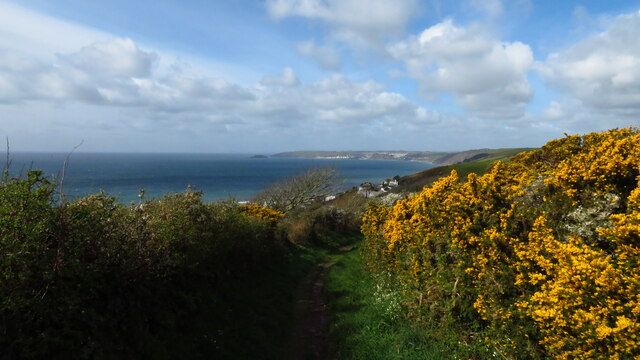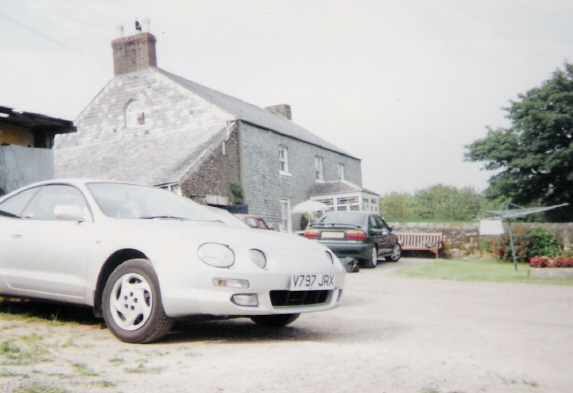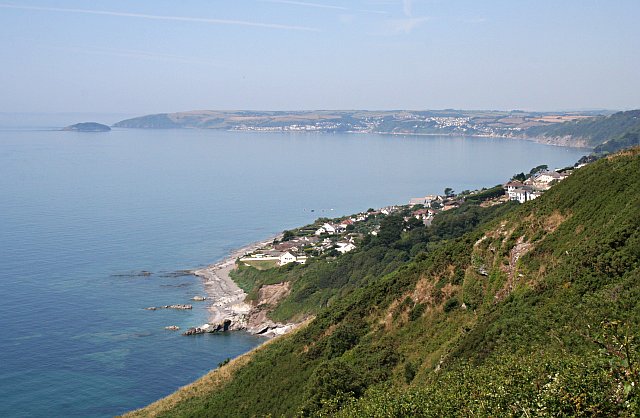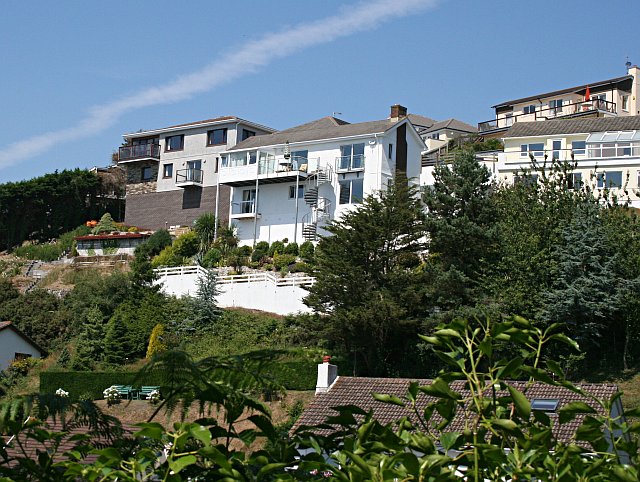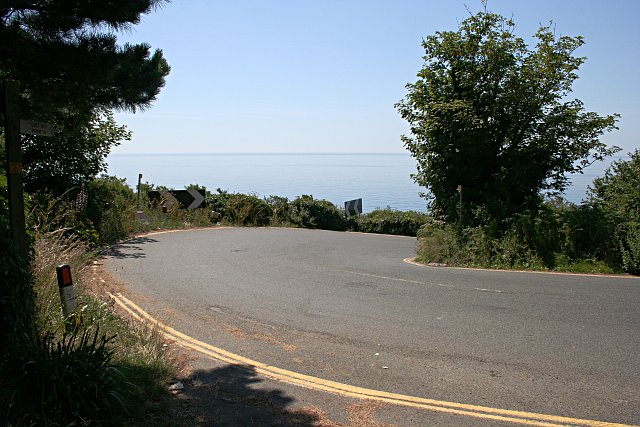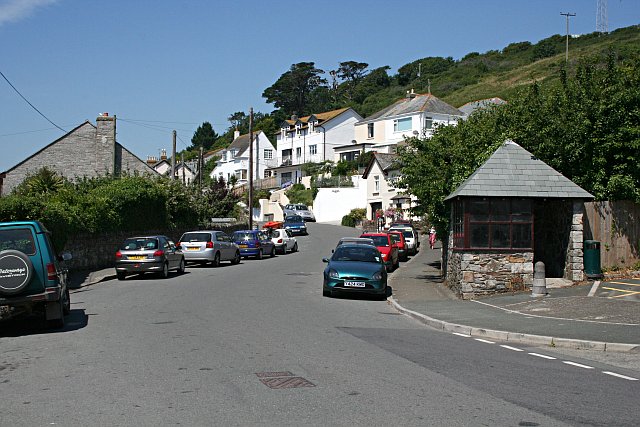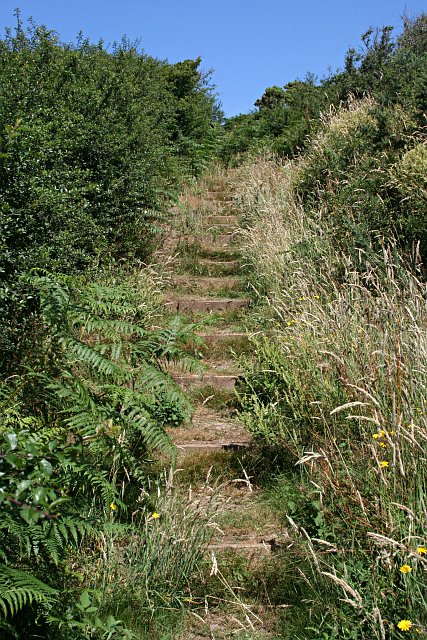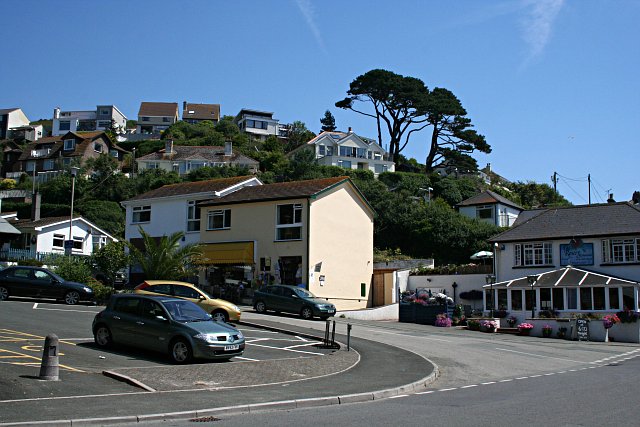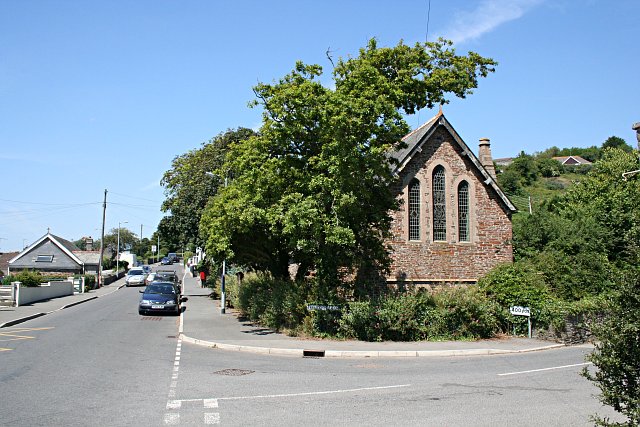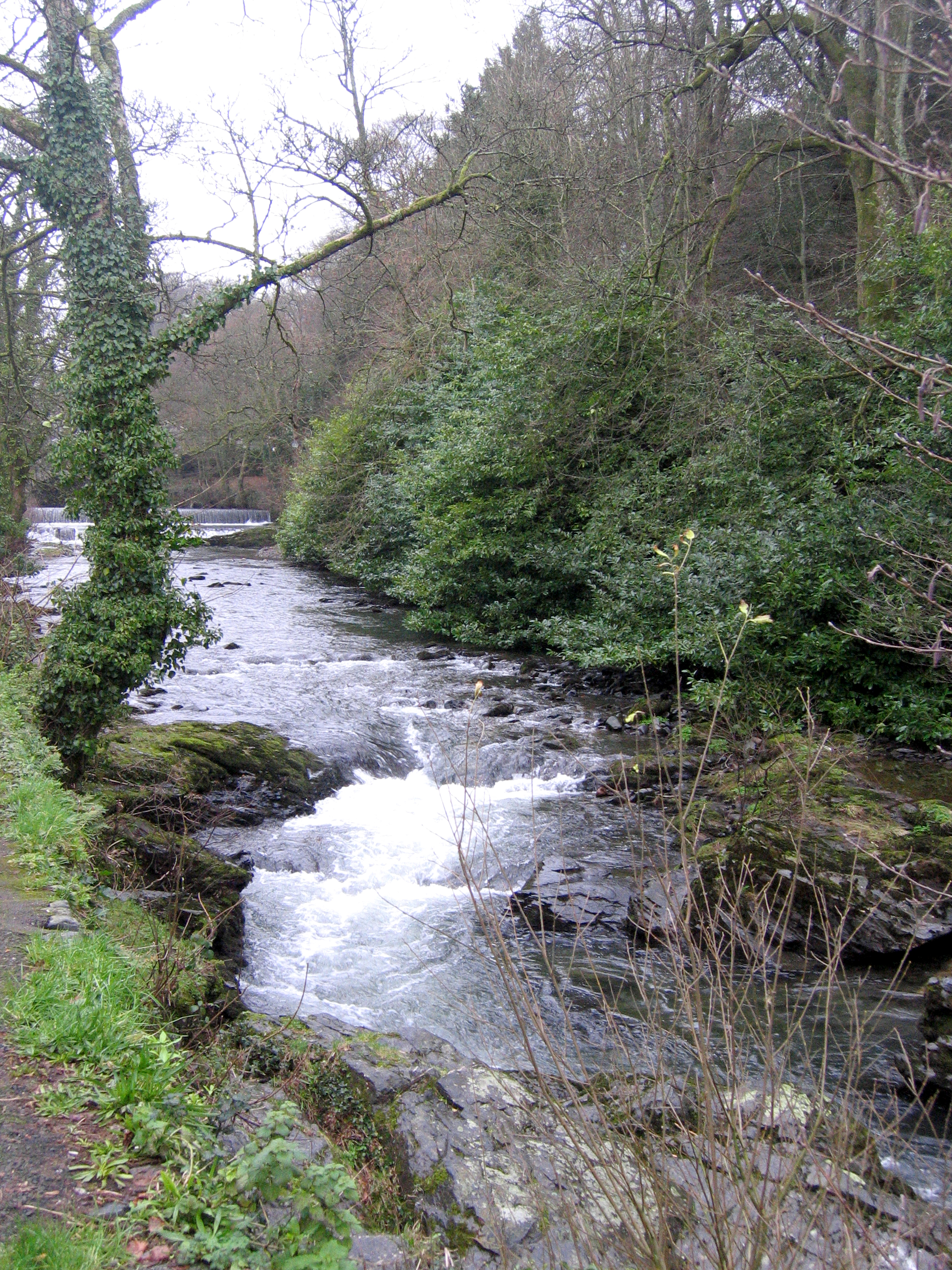Battern Cliffs
Cliff, Slope in Cornwall
England
Battern Cliffs
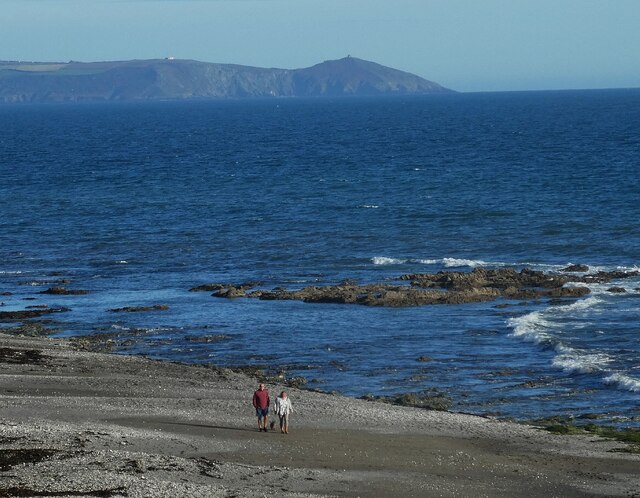
Battern Cliffs, located in Cornwall, England, is a prominent natural feature that stretches along the coastline of the county. Rising majestically from the azure waters of the Atlantic Ocean, these cliffs are renowned for their breathtaking beauty and geological significance.
With its sheer vertical drop, Battern Cliffs offer a dramatic view that attracts visitors from far and wide. The cliffs are composed of a variety of rock formations, including granite and slate, which have been shaped over millions of years by the forces of erosion and tectonic activity.
Standing at an impressive height, the cliffs create a stunning backdrop against the clear blue sky. Their rugged appearance is complemented by the vibrant greenery that adorns the top, forming a stark contrast against the rugged rocks. This striking combination of colors makes Battern Cliffs a favorite spot for photographers and nature enthusiasts.
The cliffs also provide a habitat for various species of birds, including peregrine falcons and fulmars, which nest in the crevices. Additionally, the surrounding waters are home to a diverse range of marine life, making Battern Cliffs a popular destination for birdwatchers and marine enthusiasts.
Visitors to Battern Cliffs can enjoy various activities, such as hiking along the coastal path that runs adjacent to the cliffs. This path offers panoramic views of the coastline and allows visitors to appreciate the cliffs' grandeur up close. However, caution is advised, as the cliffs can be unstable in certain areas, and it is important to stay on designated paths and observe any safety warnings.
In conclusion, Battern Cliffs in Cornwall is a natural wonder that showcases the raw beauty of nature. Its towering presence, rich geological history, and diverse wildlife make it a must-visit destination for those seeking a memorable experience on the British coastline.
If you have any feedback on the listing, please let us know in the comments section below.
Battern Cliffs Images
Images are sourced within 2km of 50.362017/-4.3515242 or Grid Reference SX3253. Thanks to Geograph Open Source API. All images are credited.

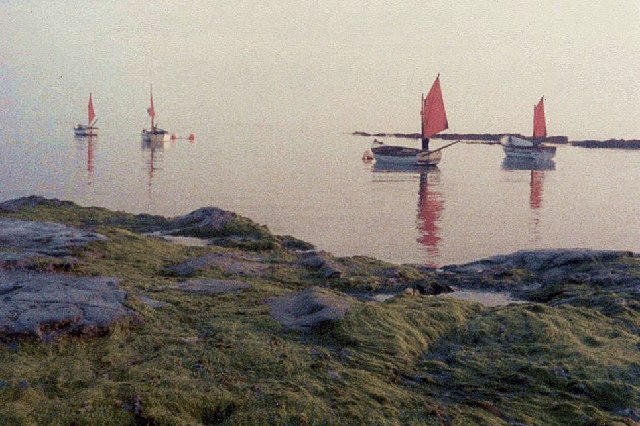
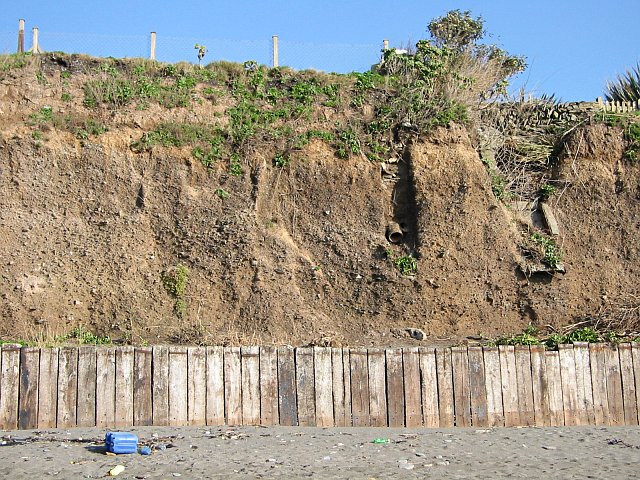
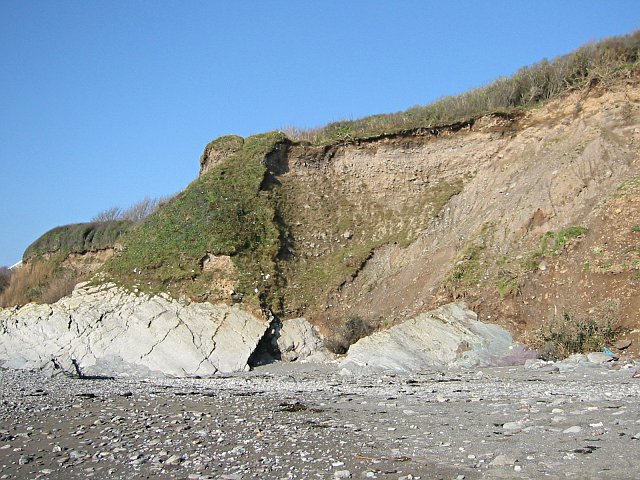
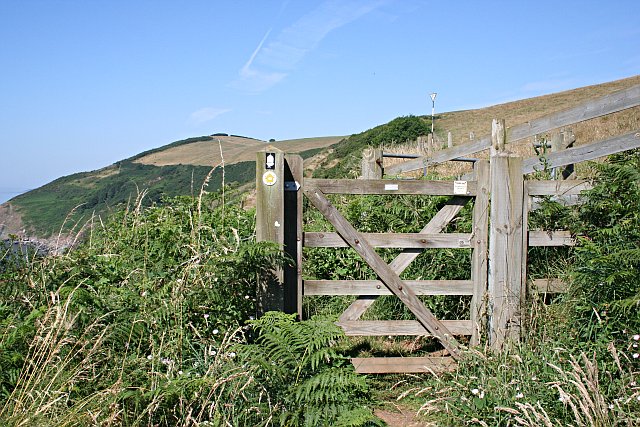
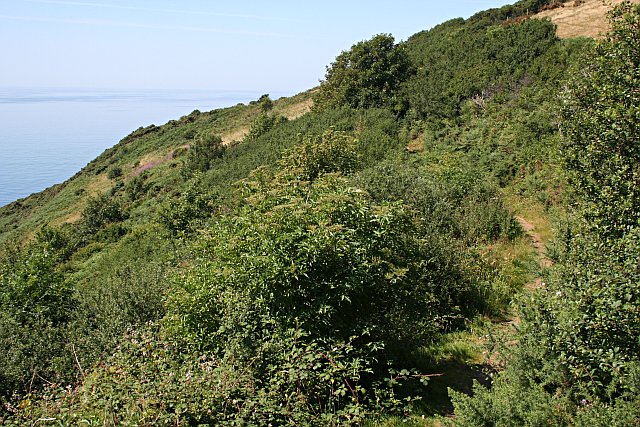
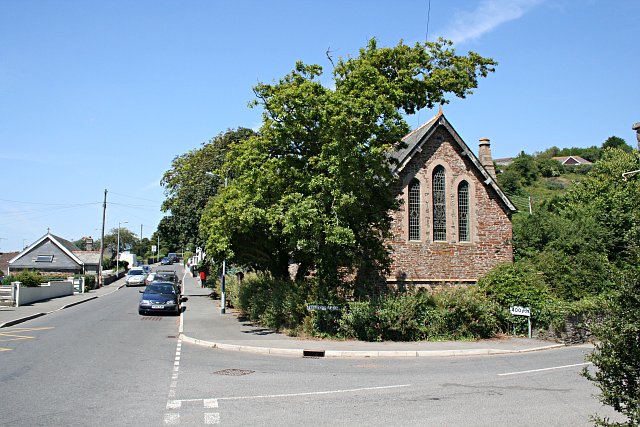
Battern Cliffs is located at Grid Ref: SX3253 (Lat: 50.362017, Lng: -4.3515242)
Unitary Authority: Cornwall
Police Authority: Devon and Cornwall
What 3 Words
///doses.commuted.summer. Near Looe, Cornwall
Nearby Locations
Related Wikis
Narkurs
Narkurs is a hamlet in the south east of Cornwall, England. It is part of the civil parish of Deviock. It is about 2 km southeast of Hessenford. Historically...
Downderry
Downderry (Cornish: Downderri) is a coastal village in southeast Cornwall, England, United Kingdom. It is situated 12 miles (19 km) west of Plymouth and...
Seaton, Cornwall
Seaton (Cornish: Sethyn, meaning little arrow after the river) is a village on the south coast of Cornwall, England, at the mouth of the River Seaton...
River Seaton
The River Seaton is a river in east Cornwall, England, UK which flows southwards for 11 miles (17 km) into the English Channel. The river rises near Caradon...
Nearby Amenities
Located within 500m of 50.362017,-4.3515242Have you been to Battern Cliffs?
Leave your review of Battern Cliffs below (or comments, questions and feedback).
